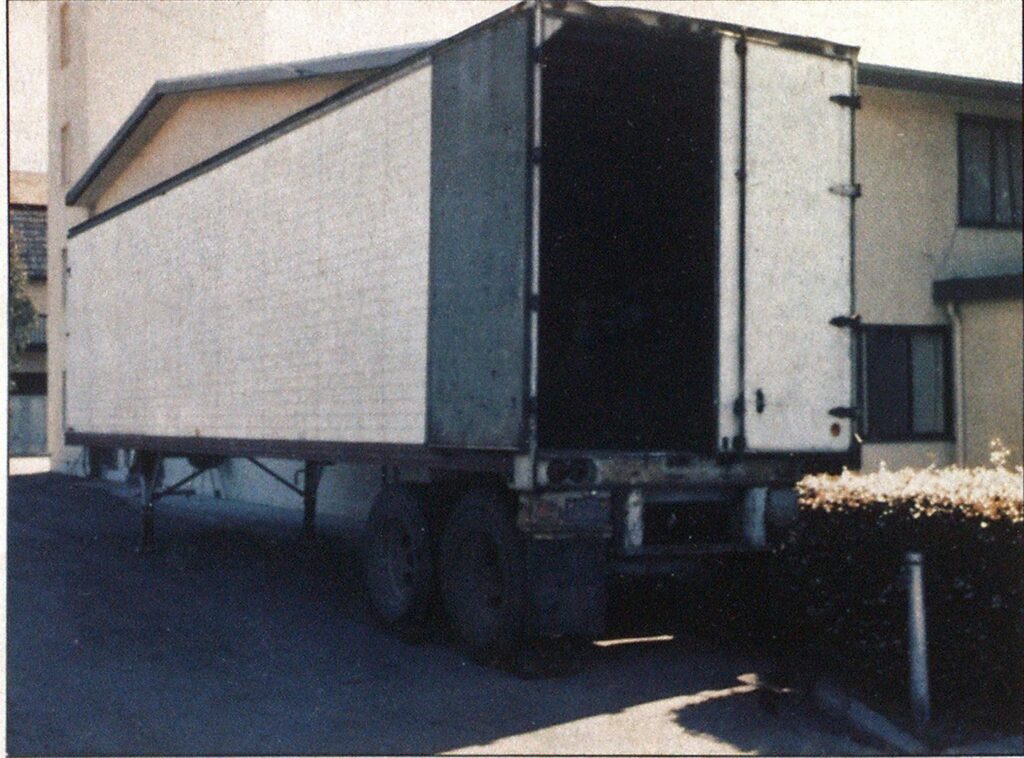
Makeup of a MOBILE TRAINING MAZE
FEATURES
TRAINING
When exposed to heated air, toxic gases, and smoke, the lungs and respiratory tract are probably two of the most vulnerable parts of the body. To protect these areas from the hazardous atmospheres encountered in firefighting, self-contained breathing apparatus (SCBA) is worn.
And since the improper use of SCBA can cause the wearer to suffer the loss of air and/or the effects of toxic fumes, it’s imperative to familiarize firefighters with this most valuable piece of equipment. Yet, even though well versed in the operation of SCBA and its safety features, donning and doffing procedures, methods of cleaning and sanitizing, etc., a firefighter can still run the risk of becoming incapacitated during a fire incident because of his use (or misuse) of SCBA.
A firefighter has to know not only the limitations of his breathing apparatus, but his own physical and psychological limitations in a fire incident as well.
However, many fire departments’ training facilities are not equipped to simulate actual firefighting conditions. Crawling through a smoke-filled, confined space in complete darkness, even in a controlled situation, can cause crippling anxiety buildup in certain individuals. Others may become disoriented and confused. The only way to identify and reduce these limitations is through training.

Photos by Mike Ventimiglia

This was the aim of the Joint Powers Training Association based out of the Mid-Carmel Valley Fire Protection District in MidCarmel Valley, CA, to provide the kind of SCBA instruction and training that would prepare firefighters to safely and effectively operate in “real world” situations.
Since the association wanted to reach all the members of its various departments (see sidebar), the mobile training concept seemed the best solution. Drawing from an innovative training simulator constructed by the Maryland Fire and Rescue Institute (see FIRE ENGINEERING, June 1979, page 45), the association embarked on a three-year, $14,000 project to build a portable smoke maze.
The smoke maze, completed last year, is basically composed of three pre-fabricated modular sections that have been slid into a 40 X 8 X 8-foot aluminum cargo trailer and bolted together forming a 32 X 8 X 8-foot frame.
This frame provides the foundation of the 2.5 X 2.5 X 32-foot upper floor, the 5 X 2.5 X 32-foot lower floor, and the division of the three interior corridors. Two five-foot deep vertical drop shafts link the upper and lower floors, and 16 double acting doors link the corridors together. These doors can be bolted shut to create different travel patterns throughout the maze.
The maze is also equipped with four electronic support systems. The smoke evacuation system consists of a 1,500-cfm squirrel cage exhaust system that allows for rapid expulsion of smoke. Pressure sensitive floor switches and a twoway communication system allows the training officer at the console located at the maze entrance to monitor a firefighter’s progress and condition. Switches, located at the entrance to each door, activate a light that is marked with a corresponding door number on the control console. An overlay of the upper and lower floor plans identifies the location of the firefighter inside the maze. Six speakers, strategically located within the maze, enables the officer to hear if a firefighter is in distress or if he encounters any problems. A flip of a switch brings light and two-way communication to the firefighter.
Twenty-four 12-volt compartment lights on four individual circuits, each having its own switch, have been placed throughout the maze. The 12-volt system was used to reduce the electrical shock hazard in the aluminum trailer. The training officer may light up the entire maze or only a portion if needed. Since the smoke maze has been designed light tight, the lighting system is most essential, as even in a controlled situation, crawling through a confined dark space can cause anxiety to build in certain individuals.
There is a total of nearly 240 feet of crawling area inside the maze. The interior walls of the trailer are covered with one-quarter inch tempered masonite and fastened with aluminum hammer-style rivets. The shell of the trailer is framed with 1 X 2-inch tubular steel with double wall construction, giving the smoke maze sufficient structural strength for being moved from place to place.


The underside of the cargo trailer is utilized for additional training devices, which include a residential gas meter with shutoff and a residential electrical meter with breaker box. This equipment allows the instructor to demonstrate proper shutoff techniques.
The planning, designing, and construction of this smoke maze was a combined effort of all the Joint Powers Association agencies, with most of the work being completed on duty time.
The maze has proven to be a valuable training aid in helping firefighters to cope with and work in closed, isolated, hostile environments—and, more importantly, to come out alive.

